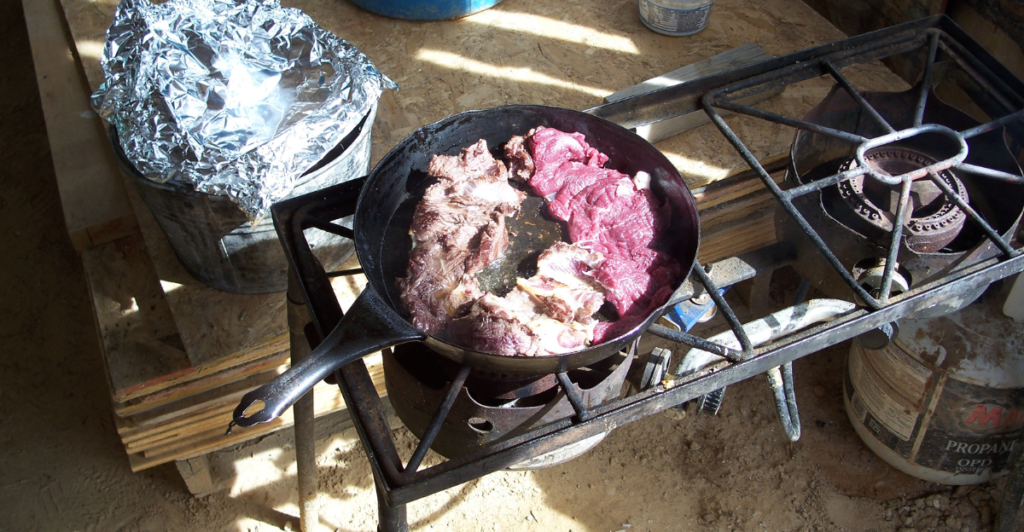
When indulging in exotic meats like bear, one might believe the danger lies only in the hunt. However, the real peril may come from what lies within the meat itself. A recent outbreak of a parasitic infection in North Carolina has highlighted the importance of thoroughly cooking wild game to avoid serious health risks.
A Party Feast Turns Risky

On November 23, a gathering in North Carolina took an unexpected turn after attendees consumed rare bear meat. Of the 22 people who ate the delicacy, at least 10 later developed symptoms of a parasitic worm infection. Six of the affected were children and teens aged 10 to 18.
Trichinella: The Culprit

The infection, caused by the roundworm Trichinella, leads to a condition known as trichinellosis. Though rarely fatal, the larvae of this parasite can burrow out of the intestines, embedding themselves in muscles throughout the body. This invasive journey can result in a host of unpleasant symptoms.
Facial Swelling: A Key Symptom

A telltale sign of trichinellosis is facial swelling, especially around the eyes. In the North Carolina outbreak, nine of the 10 symptomatic individuals exhibited this distressing feature, prompting health officials to investigate the source.
A Diagnosis Without Confirmation

Health authorities began tracing the outbreak when one person reported flu-like symptoms coupled with facial swelling. They identified the rare bear meat served at the event as the culprit. However, none of the infected individuals returned for diagnostic blood tests, leaving their cases as “probable” rather than confirmed.
The Cost of Treatment

The infected individuals were prescribed albendazole, an anti-parasitic medication effective against trichinellosis. Yet, some delayed treatment due to the high cost of the prescription, which was approximately $100—a barrier that health officials found concerning.
Cooking as Prevention

Avoiding trichinellosis is simple: cook meat to at least 165°F. This kills the larvae and prevents the infection. Despite the simplicity of this solution, incidents of undercooked wild game continue to cause outbreaks, highlighting the need for better awareness.
Wild Game and Parasites

Though trichinellosis was once commonly linked to undercooked pork, improved farming practices have virtually eliminated this risk in the U.S. Today, wild game—such as bear, boar, and moose—remains the primary source of human infections.
Challenges in Surveillance

North Carolina officials noted that thousands of bears are harvested annually in the state. They suggested monitoring wild game for Trichinella infections as a potential safety measure, though implementing such surveillance would be a significant undertaking.
Freeze-Resistant Parasites

In a separate case earlier this year, a Canadian-harvested bear infected six family members after being served as undercooked kabobs. Alarmingly, the meat had been frozen for nearly four months, yet viable larvae survived. This highlights the parasite’s freeze-resistant nature.
Cross-Contamination Risks

The Canadian outbreak also underscored the risks of cross-contamination. Two family members became infected despite only eating vegetables that had been cooked alongside the bear meat. This suggests even indirect exposure can lead to infection.
Raising Awareness

The Centers for Disease Control and Prevention (CDC) emphasizes the importance of public education on safe wild game preparation. Local health departments and wildlife management agencies play a critical role in communicating these risks to hunters and consumers alike.
A Cautionary Tale

These incidents serve as stark reminders of the hidden dangers of consuming undercooked wild game. By adhering to proper cooking guidelines and understanding the risks, people can safely enjoy exotic meats without the fear of hosting unwelcome guests.
Stay connected with us for more stories like this! Follow us to get the latest updates or hit the Follow button at the top of this article, and let us know what you think by leaving your feedback below. We’d love to hear from you!







